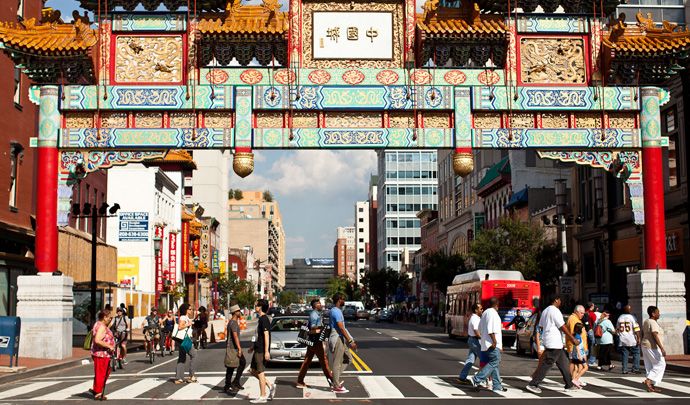These boots were made for walking
A recent survey of America’s top 30 metropolitan areas – the
findings of which are tabled in the publication ‘Foot Traffic Ahead - Ranking Walkable Urbanism in America’s Largest Metros’ reveals just how important Walkable
Urban Places are – otherwise referred to as ‘WalkUPs’.
To ascertain a city's walkability, the study looked at each city’s WalkUPs or areas where homes, offices, schools, retail, cultural and entertainment facilities/spaces are accessible by public transport, compared with driving. It then considered what percentage of a city's office and retail space was concentrated in those WalkUPs.
To ascertain a city's walkability, the study looked at each city’s WalkUPs or areas where homes, offices, schools, retail, cultural and entertainment facilities/spaces are accessible by public transport, compared with driving. It then considered what percentage of a city's office and retail space was concentrated in those WalkUPs.
The report was prepared
by LOCUS, a coalition of developers and investors who partnered with Smart
Growth America and researchers at George Washington University. It demonstrates who’s winning, who’s in
transition, and who’s lagging behind in the race towards capturing the market
demand for WalkUPs.
Chris
Leinberger, president of LOCUS, says that “as economic engines, as talent
attractors and as highly productive real estate, these WalkUPs are a crucial
component in building and sustaining a thriving urban economy. Cities with more
WalkUPs are positioned for success, now and in the future.”
Based on
the following major findings of the survey, dynamic, productive walkable
districts are in high demand.
- The top ranking metros had more
office and retail space in their walkable areas which correlates to an
average of 38% higher GDP per capita as compared with the lower ranking
metros
- The top ranking metros were
also typified by a higher percentage of residents with university degrees.
- Office rent in urban WalkUPs is
at a 74% higher premium per square foot over drivable suburban areas.
- WalkUPs are easier to navigate,
have a higher concentration of housing and reduced carbon footprint.
Foot Traffic Ahead underlines the economic power of walkable
places and identifies which metro areas are adding them fastest. The likes of
Washington, DC, New York, Boston, the San Francisco Bay Area and Chicago ranked
among the top current areas for walkable urbanism - no surprises there, as they
have history on their side. Many of these locations are home to major industry and business and developed their infrastructure long before cars became an American
mainstay, making them naturally more walkable. Some cities with a reputation for urban sprawl, like
Miami, Atlanta, Los Angeles and Denver, are however getting on board, making
some surprising and unexpected shifts toward walkable urban development.
Based on
these unfolding trends, there is the potential for market demand for tens of
millions more square feet of walkable urban development—which equates to hundreds of
new WalkUPs. Meeting this demand is an opportunity to create huge value for
these communities – where a greater portion of the population have ease of access
to jobs, schools, shopping, transportation, cultural and entertainment facilities,
all the while attracting increasing development and investment every year. Sounds
like a winning formula to me!
Image source: The Wake Up Call
Image source: The Wake Up Call



Comments
Post a Comment